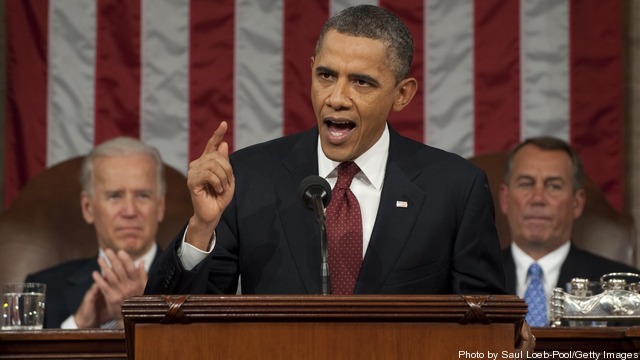
The first new nuclear plants to be licensed in the US since 1978 will be under a financial and operational microscope as investors, regulators and customers watch for any delay that could add to costs or impact the planned start date.
The nuclear energy industry’s leadership gathered in New York City today for a briefing of financial analysts, but their timing had extra weight as the Nuclear Regulatory Commission met in the afternoon and approved Southern Company’s Vogtle plant project in Georgia in a four to one vote as the first new build nuclear facility in the US in more than 30 years. Keep reading →








